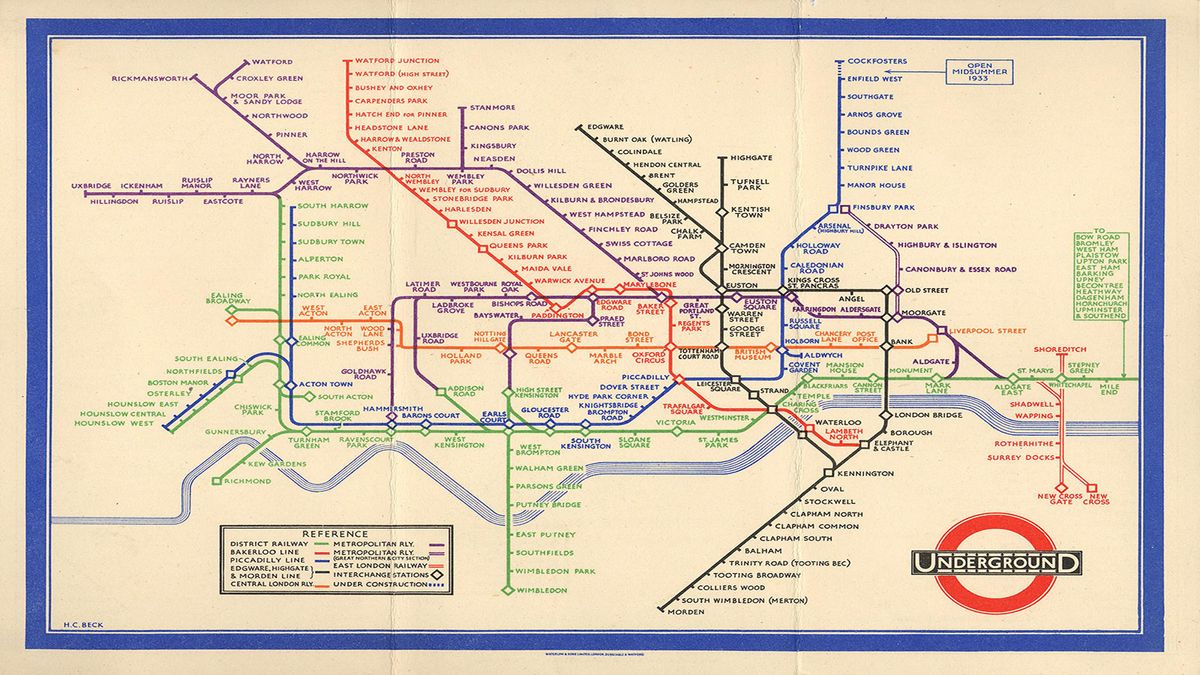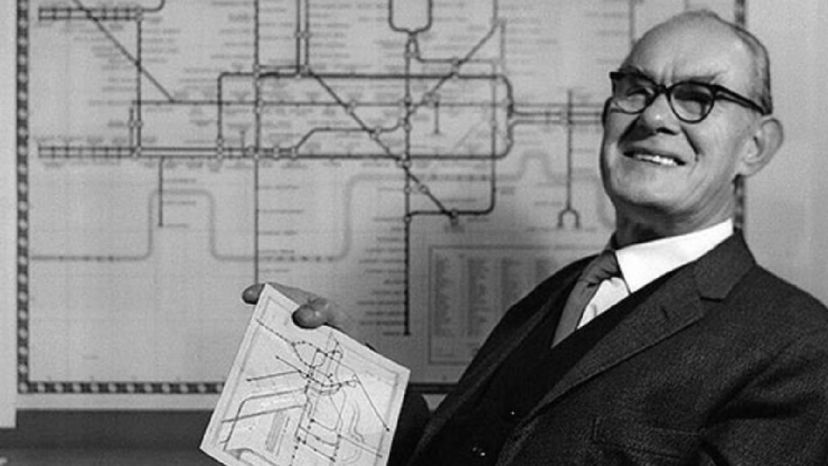
Though past map layouts had retained geographical fidelity, Beck recognized that wasn’t especially related to vacationers, to whom strains, stops and connections mattered most, according to Kent. As an alternative, “his structure ruthlessly imagined traveling by Underground, and the problem of preparing journeys, from a user’s viewpoint to the extent that geography — ordinarily critical for a map — was discarded,” suggests Kent.
As a outcome, Beck’s map experienced a big impact. “The favourable picture Beck offered inspired more individuals to use the Underground to get around the town mainly because it presented the system as a rational, economical and extensively contemporary indicates of transport,” Kent suggests. “Nonetheless, the outcome was also to transform users’ mental maps of London, not just in building the town appear to be like a working metropolis, but actually affecting their geographical comprehension of the metropolis. Distance, course and existence — i.e., whether or not a area is on the Tube map or not — all get distorted and proceed to do so these days.”

London Transport Museum
While Beck’s layout was innovative, he failed to completely establish it in a vacuum.
“When appraising Beck’s style and design, it is crucially crucial to glance at what arrived in advance of. As a result, persons often overestimate the novelty of Beck’s structure and promulgate the fantasy that his map was a single stroke of innovative genius that was inherently various to something that arrived ahead of,” Kent claims.
The truth is a lot more nuanced. “Wanting at the evolution of the design and style of the map, it is achievable to see that Beck constructed on the advancements designed by his predecessors,” Kent claims. “For instance, Max Gill removed the topographic detail from the map, liberating the depiction of the network from its geographical anchor. Fred Stingemore launched the Johnston font and produced the strains clearer to see as nicely as introducing much more distortion. These predecessors paved the way for Beck’s introduction of a geometric variety to the map — restricting angles to 45 and 90 levels — which also resonated with the Art Deco type and its penchant for motion.”







/cdn.vox-cdn.com/uploads/chorus_asset/file/24129912/1218645871.jpg)
